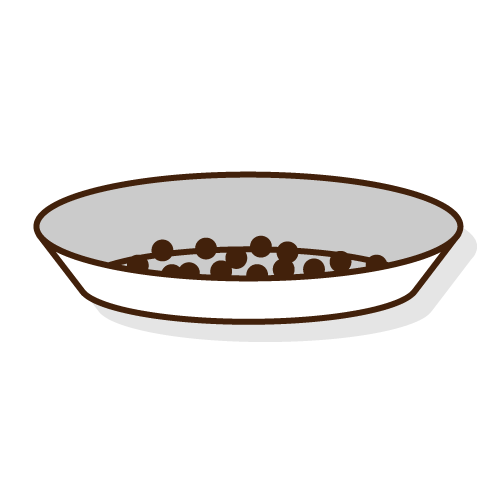The origin of the nativity scene dates back to the 19th century, when Saint Francis of Assisi decided to celebrate Christmas Mass in a cave, making use of live figures.
In Portugal, the tradition remains to display a nativity set where the baby Jesus is only placed in the crib on Christmas Eve.
Other than the figures, sawdust and moss are the most common elements used when setting the nativity for Christmas.
So, what appears to be the problem?
Bryophytes (mosses, liverworts and hornworts) and lichens are important components of biodiversity.
These organisms play a very important role in ecosystems, as they are good indicators of the quality of habitats and their ecological functioning. They create the environment for the accumulation of hummus and soil stabilization, contributing to the setting and germination of seeds and also serving as food and protection to the several animal species.
The bryophytes, whose preservation is threatened by unregulated harvesting during the Christmas period, are at this moment a target of an European red list by the International Union for Conservation of Nature (IUCN). Researchers from the National Museum of Natural History and Science (MUH-NAC) are collaborating with the IUCN, contributing to the preservation of these species.
Thus, in December these organisms are greatly affected since they are massively harvested, in general by people who do not know about the species' vulnerabilities.
WHAT'S THE ALTERNATIVE?
As a way of raising awareness for the extinction of species in this group, MUHNAC elected sample bryophytes and lichens as its objects of the month of December.
read moreThe alternative to using moss in nativity scenes.
In the Alentejo, the Algarve, in Madeira and in the Azores, wheat sprouts - searinhas - are used on the traditional nativity scenes. The sprouts are a symbol of new life in the pastures and they were placed on the nativity sets for the baby Jesus' blessing.
Keeping with tradition whilst becoming more sustainable, we suggest that this year moss be replaced by cereal sprouts in the Christmas Nativity Scenes.
Sprouts grow from germinated cereal grains, such as wheat, oats and barley, and they can easily be cultivated.






